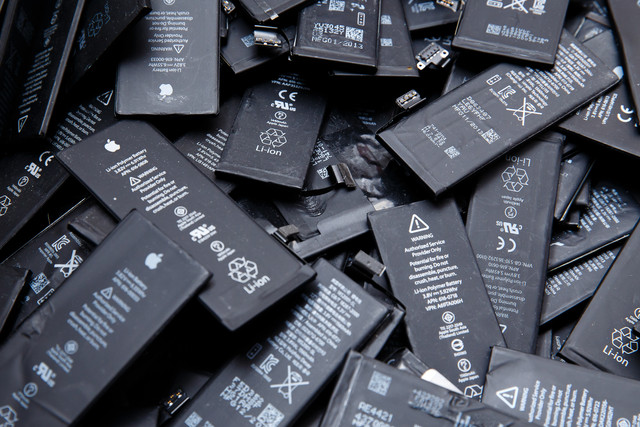An international team of scientists from NUST MISIS, the Institute of Bioorganic Chemistry of the Russian Academy of Sciences and the Helmholtz Center Dresden-Rossendorf established that instead of lithium in batteries, you can use sodium, "packed" in a special way. Sodium batteries will be significantly cheaper, while not inferior in capacity to lithium-ion, and in the long term even surpassing them.

In the course of research, it was found that if the atoms inside the sample are "packed" in a certain way, then other alkali metals will also demonstrate high energy intensity. The most promising replacement for lithium is sodium, since even with a two-layer arrangement of sodium atoms in the structure of bigraphene (two layers of graphene - top and bottom), the capacity of such an anode becomes comparable to the capacity of a conventional graphite anode in lithium-ion batteries: about 335 mA * h / g (milliampere-hour per gram of material) versus 372 mAh / g for lithium. Moreover, sodium is much more abundant in nature than lithium. For example, common table salt contains half of this element.
A special way of stacking atoms is nothing more than arranging them in several layers, one above the other. This structure is created by transferring atoms from a piece of metal into the space between two sheets of graphene under high voltage, which mimics the process of charging a battery. The result is a sandwich - a layer of carbon, two layers of alkali metal, and again a layer of carbon.

« , , . , . . , , », – , « » «» .
« , , . – , , », – « » «» .
The next step of the research team is to create an experimental sample and study it in the laboratory. This will be done by the foreign team from the Helmholtz Center Dresden-Rossendorf. If successful, it will be possible to talk about the creation of a new generation of sodium batteries, which will be comparable in capacity to lithium-ion batteries, or even surpass them, while costing several times cheaper.
An article about the research was published in the journal Nano Energy .